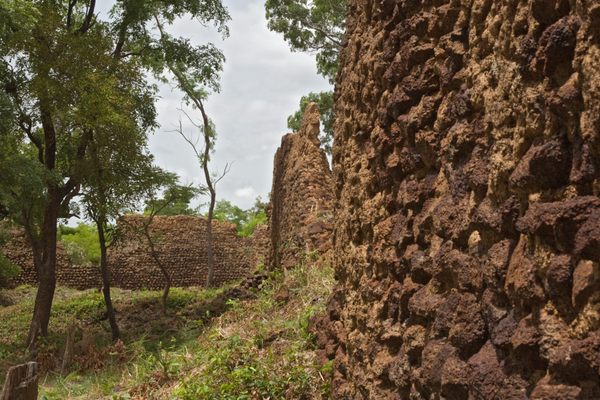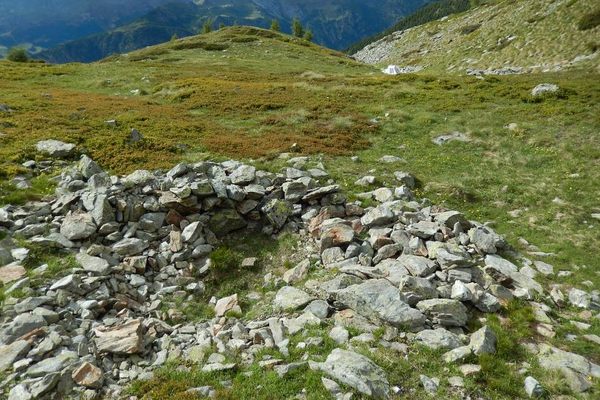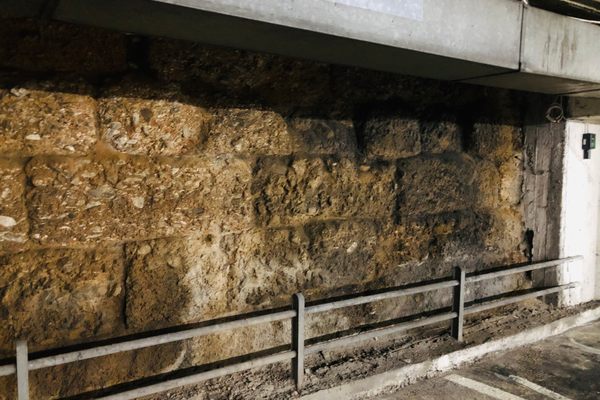About
Many travelers arrive in Nazca thinking of the area’s namesake culture and its signature archaeological curiosity. But unknown to most, there’s a small site that preserves a trace of another fascinating civilization.
The Paredones ("The Walls") archaeological site, built just outside of modern-day Nazca, was an Inca administrative center built in the 1400s, likely as a link between the coastal and inland settlements. It’s a small site—by no means as awe-inspiring as the civilization’s most famous city—but it’s interesting nonetheless.
The thick walls are essentially a set of compressed mud walls built atop a series of terraces. The ruins give visitors a glimpse of the Inca Empire’s highly organized expansion, which saw it establish amazing cities and administrative centers throughout western South America, all while imposing its language and traditions onto the conquered cultures. They’re evidence of the Inca Empire’s control over transportation and urban planning within their expanding realm.
Unfortunately, whether due to the original construction materials—rectangular adobe bricks built up on a base of solid stone—or the environment, these ruins are crumbling in places. They haven’t been fully restored, but it also doesn’t take much imagination to envision their original form. A trail leads up and around a small hill past administrative buildings, warehouses, barracks, an observation tower, and a ceremonial area.
Related Tags
Know Before You Go
To get here you can join a tour, pay a taxi by the hour, or take a dusty walk. The site is at kilometer marker 1 of the Nasca-Puquio Highway (five minutes from Nazca). A single ticket (10./S) allows admission to the Paredones, Cantalloc Aqueducts, and Las Agujas sites.
Peru: Machu Picchu & the Last Incan Bridges
Discover Inca Wonders.
Book NowCommunity Contributors
Added By
Published
July 5, 2018
Sources
- https://es.wikipedia.org/wiki/Los_Paredones_(sitio_arqueol%C3%B3gico)
- https://www.raptravel.org/informacion-ica21-departamento-de-ica-atractivos-turisticos-ica-paredones-nazca.php
- https://www.fertur-travel.com/blog/archaeological-sites/ica/los-paredones-inca-administrative-center/
- https://trans-americas.com/travel-nazca-peru-archaeological-sites/

































